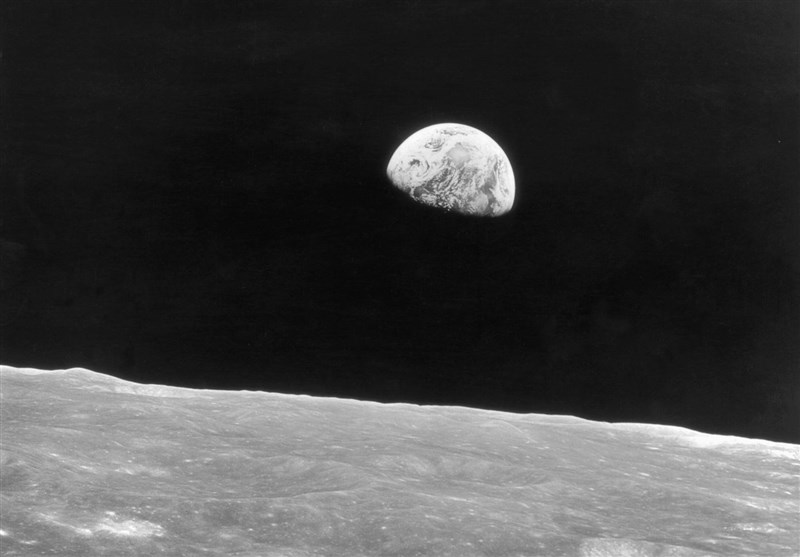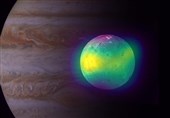Moon’s ‘Wobble’ Shift in 2030 Could Be Bad News for Coastal Cities
TEHRAN (Tasnim) – As the moon orbits around the Earth, the two celestial bodies, together with the sun, line up in ways that influence how gravity acts on our planet.
The phenomenon is what causes ocean tides to wax and wane, but the gravitational pull differs from year to year.
To our eyes, the moon appears to “wobble” in space because of its tilt, velocity and shape of its orbit, taking 18.6 years to complete. Half of the cycle suppresses tide activity by making high tides lower than normal and low tides higher than normal.
But the other half exacerbates them — and therein lies the problem.
The moon is currently in the “tide-amplifying part of its cycle,” according to NASA, but by mid-2030, when this intensified series returns, people living in coastal cities may be dealing with severe floods “every day or two.”
Why? This natural yet amplified lunar cycle will be coupled with higher sea levels caused by global warming, triggering a decade of dramatic surges in the number of days with high-tide flooding on nearly all mainland coastlines in the U.S., Hawaii and Guam.
High-tide flooding, also known as “nuisance” or “sunny day” floods, is projected to exceed thresholds across the nation more often and occur in clusters that last a month or longer, the NASA Sea Level Change Science Team of the University of Hawaii said. Their study was published last month in the journal Nature Climate Change.
These kinds of floods are already plaguing many cities on the Atlantic and Gulf coasts of the US. In 2019, the National Oceanic and Atmospheric Administration reported more than 600 such floods, which occur when high tides reach about 2 feet above the daily average “and start spilling onto streets or bubbling up from storm drains.”
The problem, researchers say, is that these events are often considered less important or damaging than floods caused by hurricanes, for example, because they involve smaller amounts of water.
But “it’s the accumulated effect over time that will have an impact,” study lead author Phil Thompson, an assistant professor at the University of Hawaii, said in a statement. “If it floods 10 or 15 times a month, a business can’t keep operating with its parking lot under water. People lose their jobs because they can’t get to work. Seeping cesspools become a public health issue.”
What’s more, these repeated events will eventually occur in clusters in about a decade when the moon’s amplified wobble merges with future higher seas, the team says. The dangerous cocktail is predicted to spark increased high-tide flooding over a short period of time, creating extreme months of activity.
For instance, during a five-year period with an expected 100 high-tide flooding days, the six most severe months will experience seven to 10 high-tide flooding days per month on average, according to the study. The remaining months will have less than one high-tide flooding day per month on average. In a scenario where there will be 200 high-tide flooding days over five years, the six most severe months will experience 10 to 17 high-tide flooding days on average, in comparison.
The team discovered these “tipping points” by analyzing 89 tide monitoring stations in every coastal state and territory except Alaska. From there, they created models by combining that data with NOAA’s sea level rise predictions, flooding thresholds and information on celestial cycles and weather events.
Just as engineers plan for rare, extreme weather events, their efforts should also focus on these smaller, clustered episodes occurring in shorter periods.
“From a planning perspective, it’s important to know when we’ll see an increase,” study co-author Ben Hamlington of NASA’s Jet Propulsion Laboratory in Southern California and leader of NASA’s Sea Level Change Team, said in a statement. “Understanding that all your events are clustered in a particular month, or you might have more severe flooding in the second half of a year than the first — that’s useful information.”






